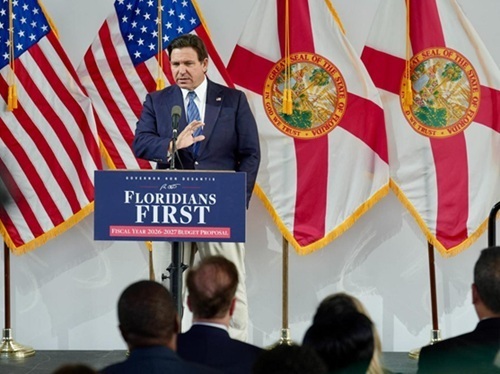The Minnesota Department of Transportation recently helped launch a free, low-speed, driverless, all-electric, multi-passenger shuttle service called “Bear Tracks” for the city of White Bear Lake.
[Above photo by Minnesota DOT]
While the shuttle is self-driving, the agency stressed that an attendant is always on-board to verify safe operation of the vehicle and aid passengers as needed. The Minnesota DOT added that driverless Bear Tracks shuttle – which will be active through August 2023 – is the second of three planned connected and automated vehicle or CAV demonstration projects it is helping coordinate.
The Bear Tracks project is a collaboration of multiple partners including Minnesota DOT’s Office of Connected and Automated Vehicles, the city of White Bear Lake, AECOM, Newtrax, Navya, the University of Minnesota, Ramsey County, White Bear Lake Area Schools, White Bear Area YMCA, White Bear Area Chamber of Commerce and Minnesota State Transportation Center of Excellence.

“Partnership projects like Bear Tracks help us better understand how innovative technologies can improve our transportation system as well as improving equity, accessibility and choice for Minnesotans,” said Minnesota DOT Commissioner Nancy Daubenberger in a statement.
“Community engagement and collaboration with local partners is vital to these projects, and we look forward to hearing about resident’s experience with the Bear Tracks shuttle,” she said.
“We are proud to be a partner in bringing this innovative pilot to our community,” added White Bear Lake City Manager Lindy Crawford.
“The Bear Tracks shuttle will help students in our community envision the jobs of the future, provide an opportunity to expand mobility for residents on the designated route who may otherwise have limited transportation options, and puts White Bear Lake residents at the forefront of helping inform how this technology is integrated into Minnesota’s transportation system,” she added.
During the project, Minnesota DOT and its partners hope to achieve several goals:
- Gather data and user-experience information to inform future use of this technology;
- Engage and educate the public by providing real world automated vehicle experience;
- Identify infrastructure gaps and solutions to safely operate automated vehicles on public roadways;
- Provide transportation options for the public, including young adults and elderly who may not currently drive;
- Advance the operation of automated vehicle technology in year-round weather conditions; and
- Provide an enhanced transportation experience and increase mobility in a high demand downtown urban environment
Other state departments of transportation are involved in similar CAV projects. For example, the North Carolina Department of Transportation conducted a three-month fully autonomous shuttle pilot with the National Park Service at the Wright Brothers National Memorial in Kill Devil Hills in 2021.
 States
States
NCDOT Staff Participate in ‘Explosive’ Technical Training
December 19, 2025 States
States

